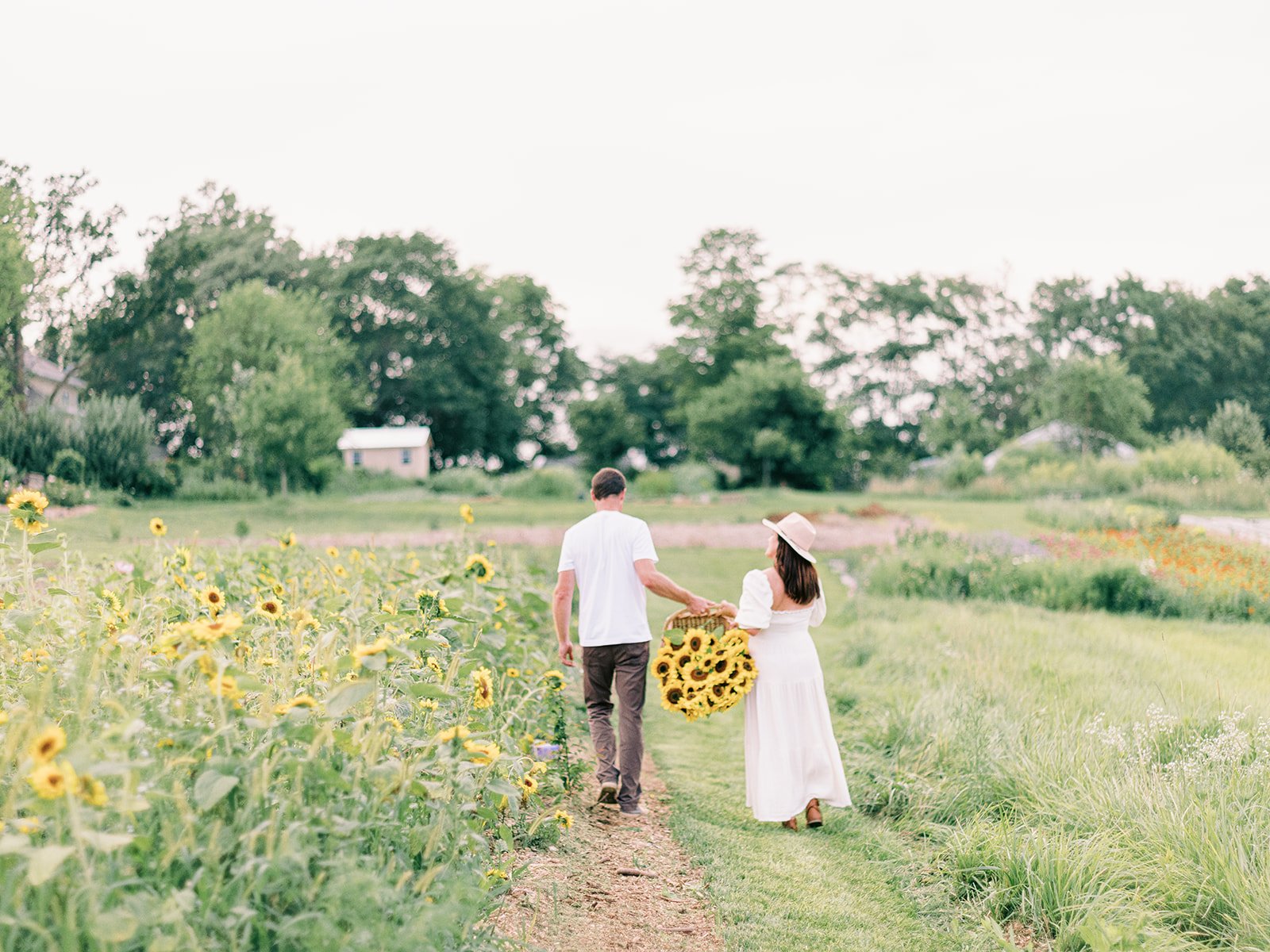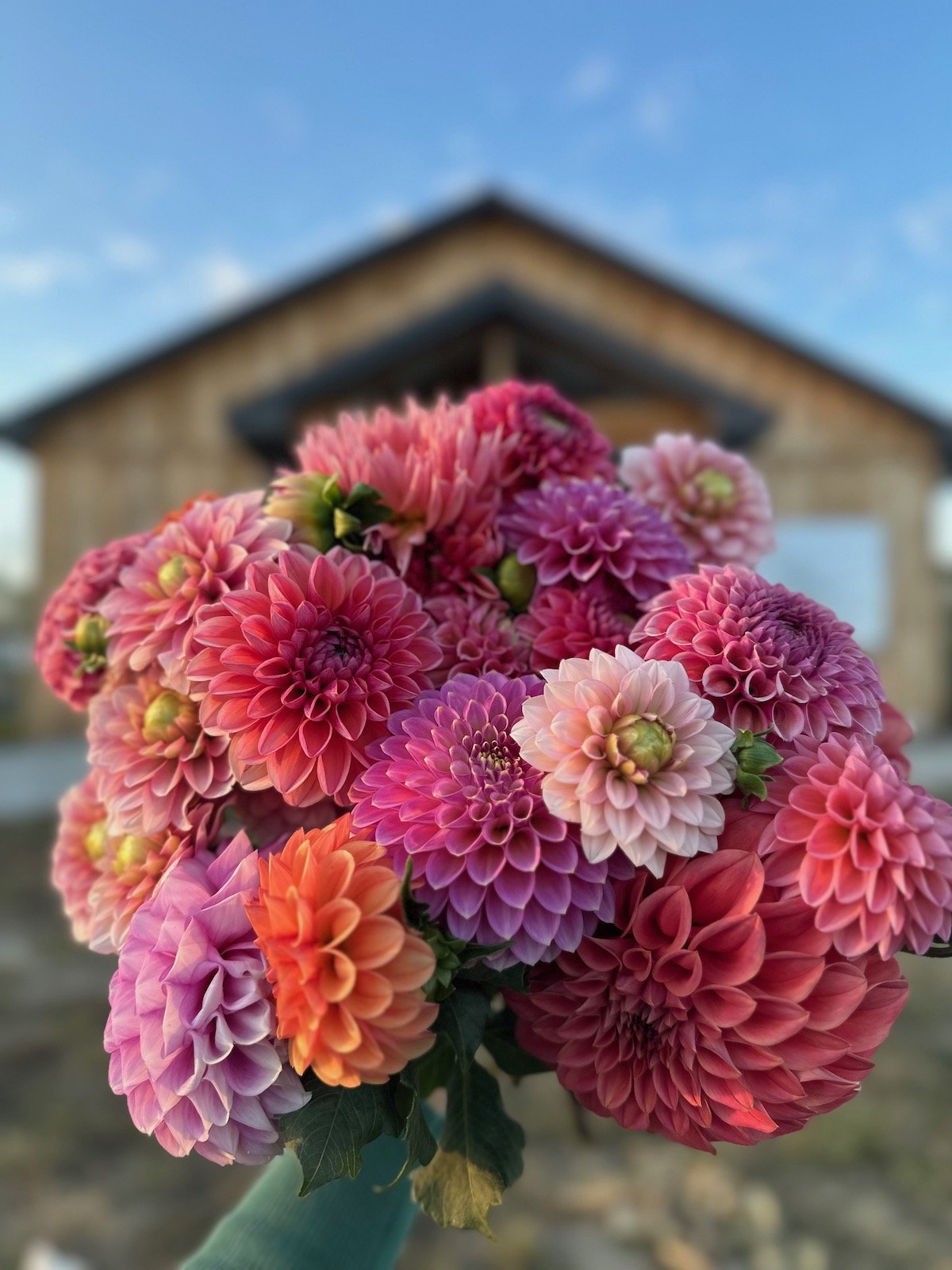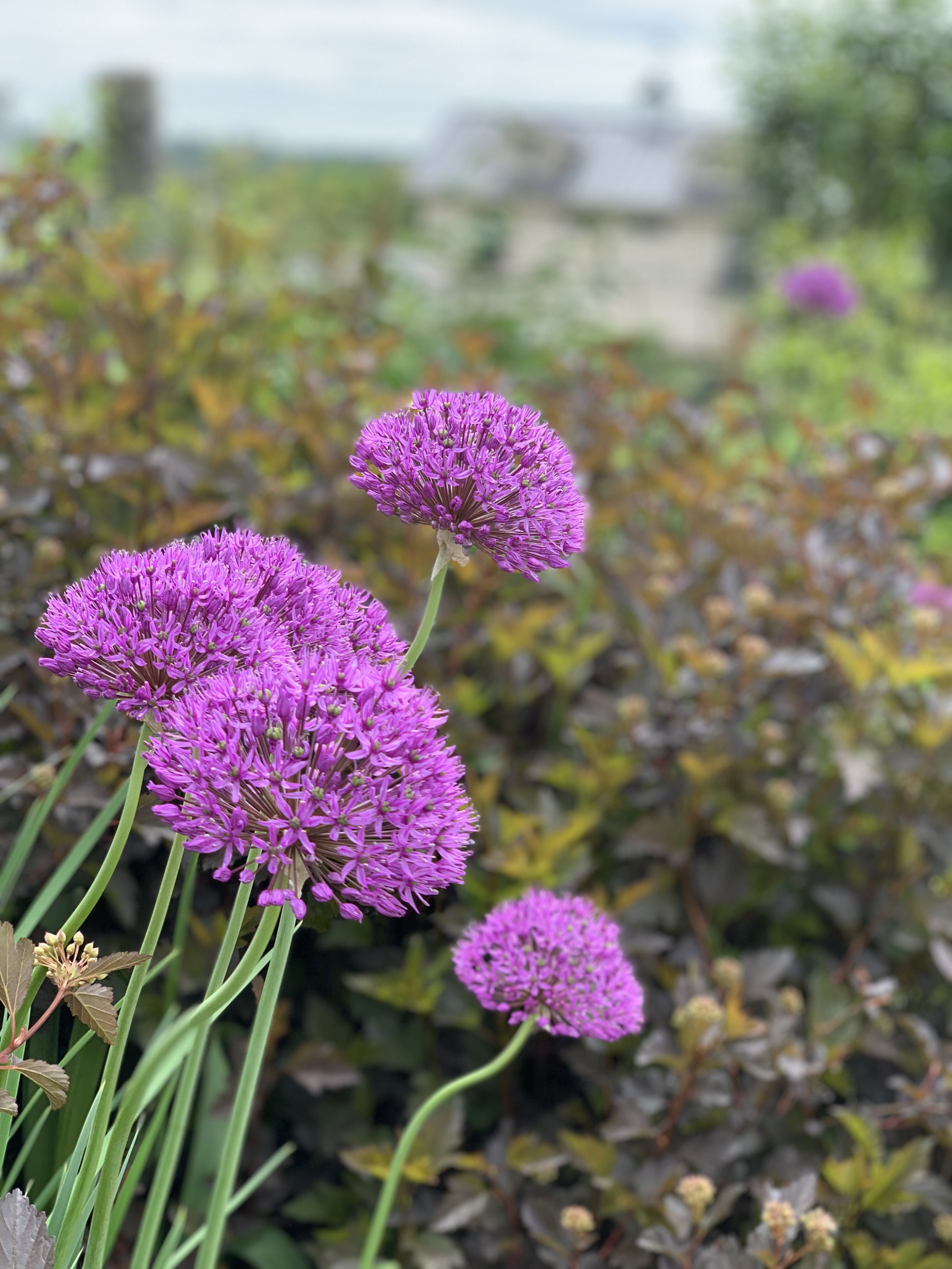
Dahlia Tuber Storage Tips
Dahlias are a rising favorite for flower enthusiasts, and proper tuber storage is key for their annual revival. After the first frost, cut stems, clean, and air-dry tubers. Divide and let them sit for 24 hours before storing in peat moss in a well-ventilated box. Maintain 40-50°F, 80% humidity, and check regularly for pests or rot. By following these steps, ensure your dahlia tubers are primed for a vibrant spring garden display. 🌸✨ #DahliaCare #GardeningTips #SpringBlooms
Dahlias are becoming an increasingly popular cut flower for flowers farmers and home gardeners alike. With many different colors, sizes and shapes, it’s easy to see why they’re a fan favorite! Dahlia flowers start from a tuber, which means that they have a swollen underground stem that stores energy for the plant to grow. While dahlias are not winter hardy in growing zones that have temperatures that dip consistently below 32 degrees Fahrenheit, their tubers can be dug up and stored over the winter months to be replanted in the spring. Proper dahlia tuber storage is essential to ensure that the tubers are healthy and ready to grow when the time comes to plant them again the following growing season. Today, we wanted to share some of our tips with y’all. Below are some tips for storing dahlia tubers throughout the winter
DAHLIA STORAGE TIPS
The best time to dig up dahlia tubers is after the first frost, when the plant has died back and the foliage has turned yellow. This usually occurs in mid October or early November.
Cut off the stems/greenery: Cut off the stems of the plants about 6 inches above the tubers, leaving a small stem attached to each tuber.
Clean and dry the tubers: Before storing the tubers, gently brush off any excess dirt, wash and allow them to air dry for a couple days in a well-ventilated area.
Once dry, divide dahlias and let sit out for another 24 hours.
Storage: Place tubers into peat moss as a storage medium in a ventilated box. We use bulb crates with craft paper liner on the bottom. A temperature of around 40-50°F is ideal, with the humidity kept around 80%, and plenty of airflow (we keep a fan running).
Protect from pests: It is important to check the tubers regularly for any signs of pests or rot. If you notice any issues, remove the affected tubers and dispose of them to prevent the problem from spreading. Common pests we see are roly-poly bugs. They will make a little village and eat your tubers. If you find them, take the entire crate out and rewash the tubers.
Check your tubers daily to make sure the temperature is within the range noted above, the humidity levels are correct and pull a few out to take a look at them from the peat moss (placing them back into and well under the peat moss aftterwards).
By following these simple steps, you can ensure that your dahlia tubers are properly stored and ready to be replanted in the spring. With a little bit of care and attention, you can enjoy these beautiful flowers in your garden for years to come.
XX Jenn and Adam
Incredible Allium
Allium, a low-maintenance garden gem, often goes unnoticed. Its whimsical, lollipop-like blooms bring unique charm to the garden. At PepperHarrow, we use allium in spring bouquets and transform them into enchanting 'fairy wands' as they dry. Discover the versatile beauty of this overlooked flower! 🌸🍭 #GardenGems #AlliumBlooms
Allium often gets overlooked and doesn’t get the recognition or praise that it should in the garden. It’s a flower that people typically plant into their gardens and tend to forget, because it’s so low maintenance. Allium is one of those wonderful bulbs that you can plant into the ground and just walk away from. Can anything be better?!
Their perfectly formed little balls on top of their stem give them a whimsical and lollipop look. Shown below, the contrast of the purple of the allium with ninebark is unusual and stunning. The perfect contrast for true garden design.
Here at PepperHarrow, we use allium for all kinds of things. In the spring, we use them in bouquets for market, weddings, and sell them as single stem flowers (artists love them!). Towards late spring, they dry on the stem and transition into lovely ‘fairy wands’ as Adam calls them. Once dried, they can be hung upside down and stored for fall/winter use in wreaths, or also spray painted in all sorts of gorgeous colors to make an interesting dried bouquet of colorful flowers.




